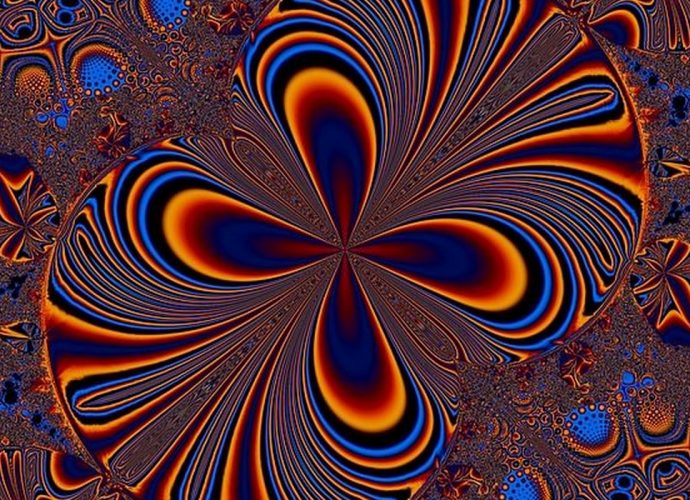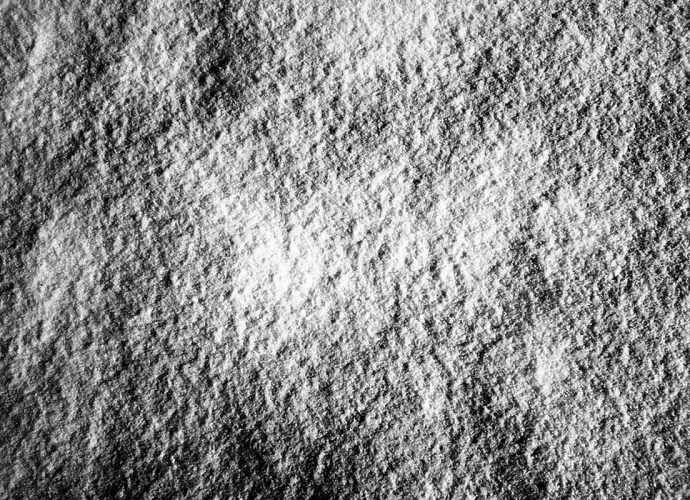What Does It Mean If An Atom Is Ionized?
Ionisation is the addition or removal of an electron to create an ion. Losing an electron creates a positive ion. Gaining an electron creates a negative ion. An atom’s charge can only change through gaining or losing electrons. What happens when a gas is ionized? Gas turns into plasma whenRead More →


